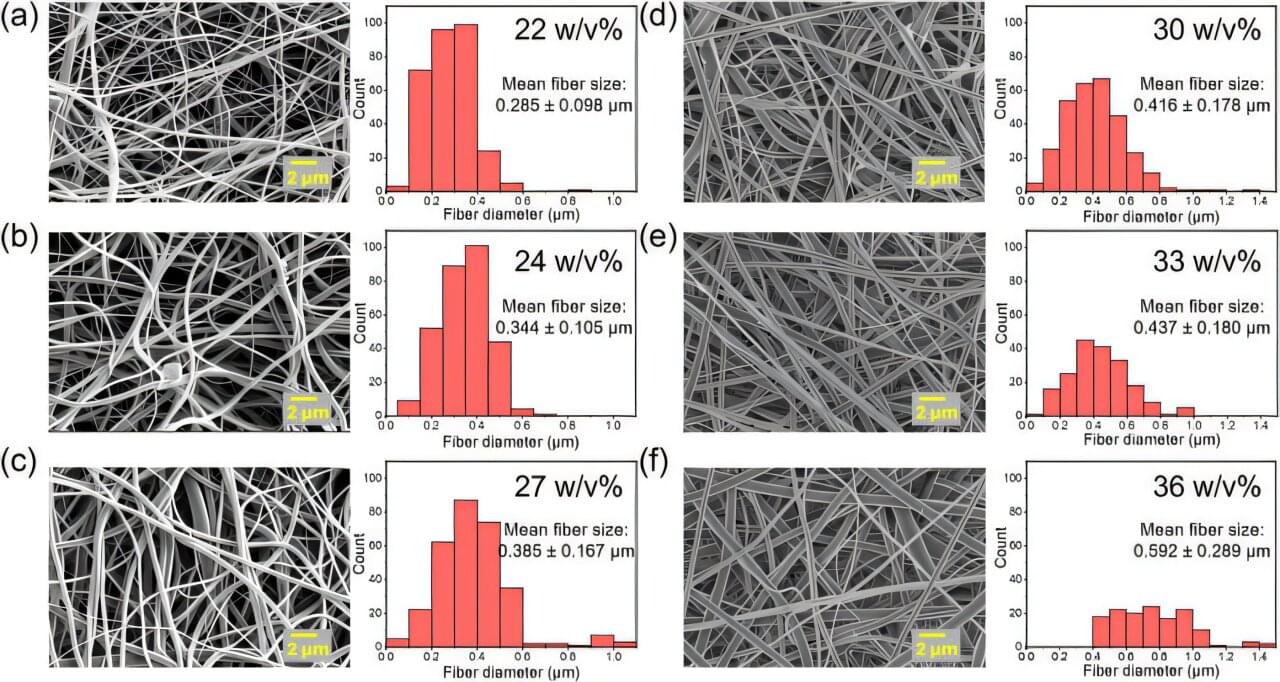The development of wearable electronics and the current era of big data requires the sustainable power supply of numerous distributed sensors. In this paper, we designed and experimentally studied an energy harvester based on ferrofluid sloshing. The harvester contains a horizontally positioned cylindrical vial, half-filled with a ferrofluid exposed to a magnetic field. The vial is excited by a laboratory shaker and the induced voltage in a nearby coil is measured under increasing and decreasing shaking rates. Five ferrofluid samples are involved in the study, yielding the dependence of the electromotive force on the ferrofluid magnetization of saturation. The energy harvesting by ferrofluid sloshing is investigated in various magnetic field configurations. It is found that the most effective magnetic field configuration for the energy harvesting is characterized by the field intensity perpendicular to the axis of the vial motion and gravity. The harvested electric power linearly increases with the ferrofluid magnetization of saturation. The electromotive force generated by each ferrofluid is found identical for measurements in acceleration and deceleration mode. A significant reduction in the induced voltage is observed in a stronger magnetic field. The magneto-viscous effect and partial immobilization of the ferrofluid in the stronger magnetic field is considered. The magneto-viscous effect is documented by a supplementing experiment. The results extend knowledge on energy harvesting by ferrofluid sloshing and may pave the way to applications of ferrofluid energy harvesters for mechanical excitations with changing directions in regard to the magnetic field induction.
Rajnak, M., Kurimsky, J., Paulovicova, K. et al. Vibration energy harvesting by ferrofluids in external magnetic fields. Sci Rep 15, 26,701 (2025). https://doi.org/10.1038/s41598-025-12490-w.








